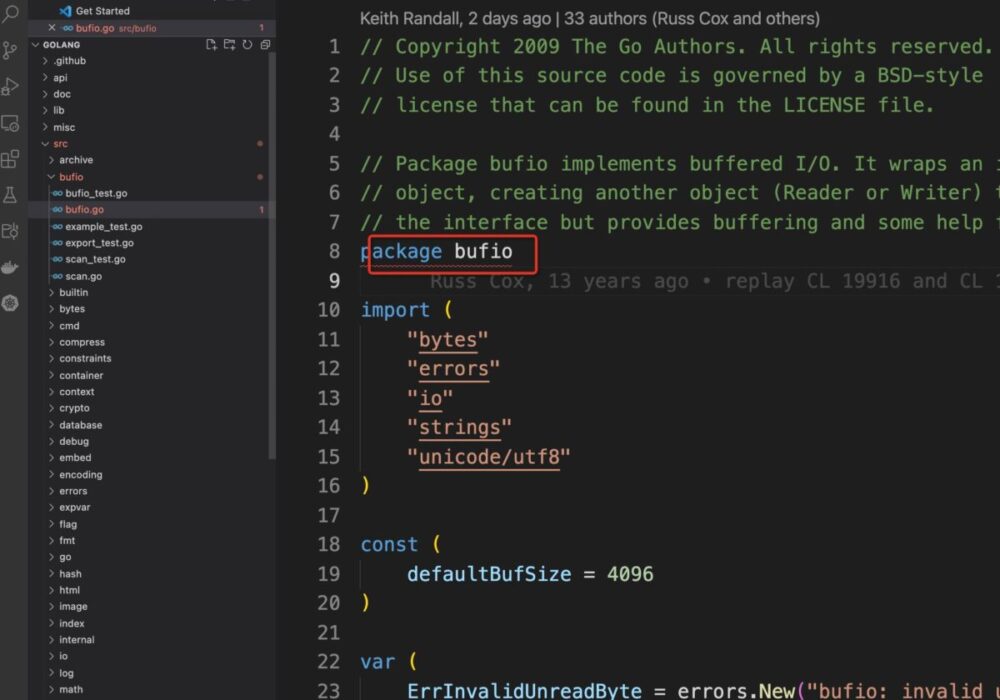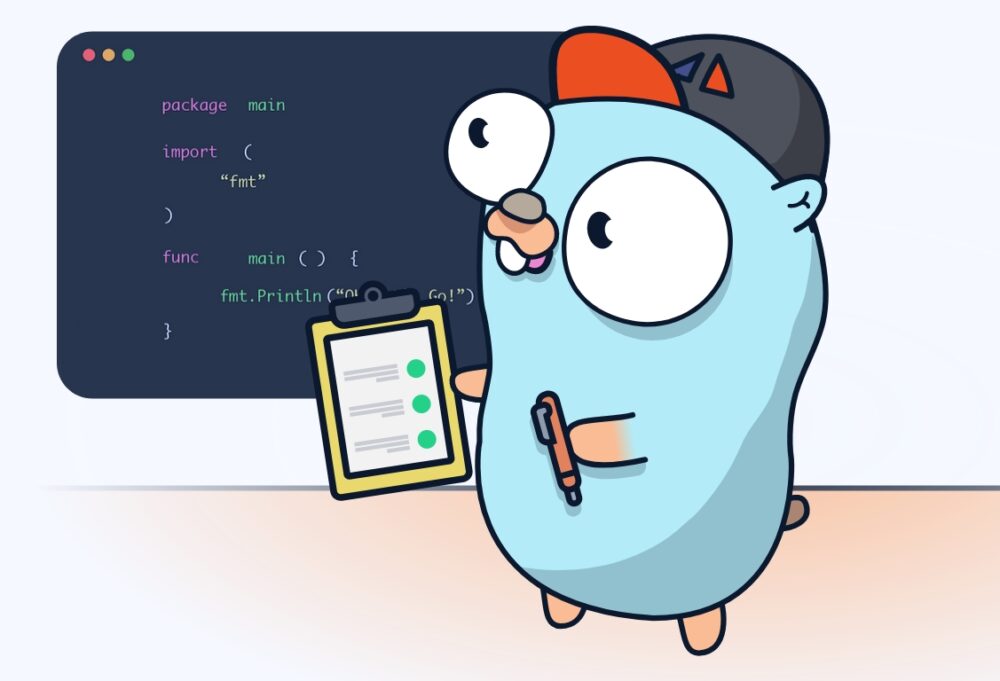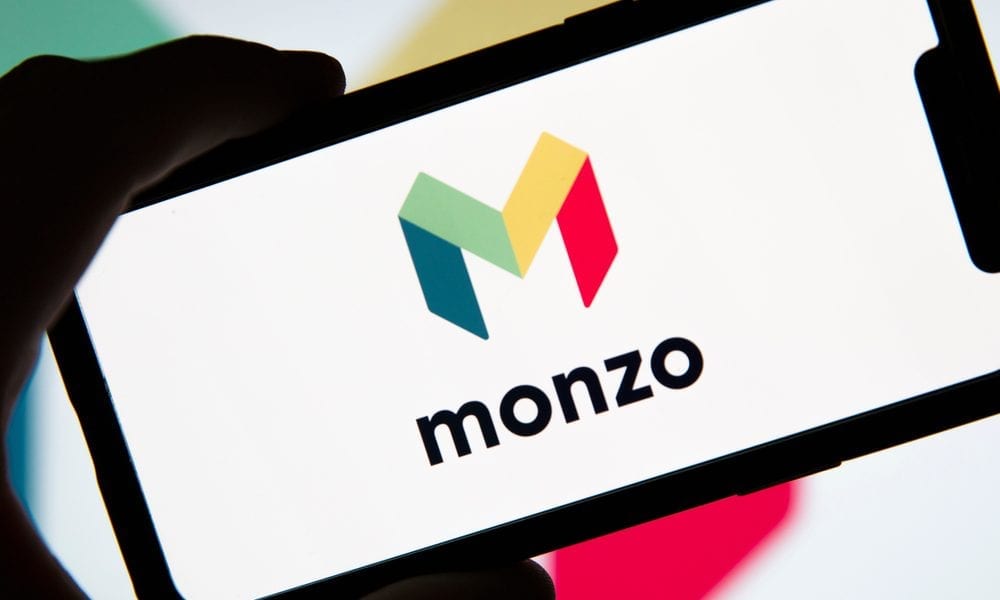Once upon a time, developers faced many challenges, such as complex and verbose languages, leading to hours spent debugging and maintaining code. They needed a simpler and more efficient alternative. Luckily, a hero appeared – Golang. It brought simplicity, efficiency, and robust concurrency support to the table, addressing all the challenges of convoluted syntax and time-consuming debugging.
Golang spoke directly to developers with its elegant syntax, making code readable and maintainable. Its blazing-fast compilation and execution speed tackled the challenge of performance optimization. And its built-in concurrency support with goroutines and channels conquered the dragon of parallelism, allowing developers to write highly concurrent and scalable code effortlessly. Golang powered travel apps with millions of concurrent searches and e-commerce platforms with high transaction volumes in real-life scenarios.
In the current era, many companies, including Google, Meta, PayPal, Netflix, Twitter, Microsoft, American Express, Uber, and others, have embraced the power of Golang. This robust programming language has garnered significant popularity and currently holds 12th place among the world’s most widely used programming languages as of May 2024.
In this article, we will delve into the advantages offered by Golang and explore practical examples of companies harnessing its power in real-world applications.

Advantages of Golang
When talking about the best programming language for AI, both Golang and Python have their advantages to keep in mind. However, today we will dive deeper into the advantages of Golang only. In 2007, Go was initially developed within the premises of Google. Back then, Google was experiencing rapid growth, and the code responsible for handling its infrastructure was also expanding rapidly in size and intricacy.
Several engineers from Google’s cloud division started to perceive this extensive and complicated codebase as hindering their productivity. Consequently, they recognized the necessity for a new programming language that prioritized simplicity and swift execution. Thus, Robert Griesemer, Rob Pike, and Ken Thompson collectively designed the language known as Go.
Golang has many benefits, from its simplicity and efficiency to its concurrency support. Let’s take a closer look at some advantages and gain insights from developers who have experienced the power of Golang firsthand.
Uncomplicated Code
Golang simplifies code through its concise syntax and borrowing of concepts from other programming languages. This simplicity brings forth several benefits, including saving developers´ time and reducing complexity in code maintenance.
Speed
Golang retains the outstanding ability to compile directly to machine code, eliminating the need for interpretation and accelerating the development process by bypassing intermediary steps. In terms of execution speed, Golang consistently outpaces Java, making it a preferred choice for developers who prioritize swift performance. Golang-based programs exhibit lightning-fast response times, and the compilation is significantly quicker. This exceptional speed and efficiency cater to the demands of rapid back-end development, further solidifying Golang’s appeal among developers.

Garbage collection
Golang incorporates automatic memory management, eliminating the need for manual intervention. This feature allows developers to prioritize essential aspects of their code without compromising performance significantly. Having a fast garbage collector, like the one in Go, substantially boosts the performance of any application. It finds memory space allocated recently but no longer needed, hence the need to deallocate it to create a clean slate so that further allocation can be done on the same space or so that memory can be reused.
Concurrency
Golang’s built-in support for concurrency enables efficient management of concurrent tasks, leading to highly scalable and responsive applications.
As a team, we did a lot of research to find the best language for our business needs. Go ended up winning due to many of its awesome features. We knew we wanted a language that would be fast, simple, maintainable and easy to learn. Go checked all those boxes with its support for concurrency, built-in testing, profiling framework and easy and clear documentation. All of this made it very approachable for the entire team to commit to learning Go for our application re-build. says developer Ruchi Malik.
Cross-Platform Compatibility
Golang supports cross-platform development, allowing developers to build applications that run seamlessly on different operating systems.
Easy to learn
Golang is well-known for its ease of learning. Many programmers consider it a refined version of C, free from cumbersome flaws. Its syntax resembles C’s, which proves advantageous for developers already familiar with C concepts, as it facilitates a smoother transition and shorter learning curve.
¨It allows new programmers to pick up the language quickly, and it allows experienced programmers to quickly understand someone else’s code.¨ shares Peter Evans, CTO at Built In.
Real-life examples of companies using Golang
Golang has gained traction in various industries, such as Technology, e-commerce, gaming, financial services, media and entertainment, cloud services, data science and analytics, IoT, etc. Numerous notable companies have already incorporated it into their tech stack. Let’s explore some of these companies and delve into how they harness Golang for specific applications.

Google, the company that developed Golang, extensively uses Golang in various areas, including Core Data Solutions, and Google Cloud Service (Kubernetes, an open-source container orchestration system developed by Google, is written in Go.), and Google Chrome optimization. It is also used in YouTube and Google App Engine.
Now, let’s take a look at Firebase, a mobile and web development platform that provides a range of tools and services for building and deploying applications. The Firebase Hosting team at Google migrated its tech stack from Node.js to Go. The team chose Go for its scalability and concurrency capabilities, believing it would be more performant and appreciated its simplicity. The Firebase Hosting team gradually rewrote the backend in Go and moved to Google
loud. The team found Go readable, easy to understand, and conducive to peer-to-peer learning. They experienced improved performance and productivity with Go, handling billions of requests per day without the need for fine-tuned optimizations. Concurrency remains a focus, and the team appreciates how Go abstracts the complexities of concurrency.
Dropbox
Dropbox has attributed much of its success to Python, facilitating rapid iteration and development. However, as the company’s infrastructure grew to accommodate an expanding user base, it sought ways to scale its systems more efficiently. Dropbox decided to migrate its performance-critical backends from Python to Go. This move aimed to leverage Go’s superior concurrency support and faster execution speed. The migration was a substantial undertaking involving around 200,000 lines of Go code, managed by a small team of engineers. Currently, Dropbox has successfully transitioned significant portions of its infrastructure to Go.
Dropbox, a leading player in cloud computing, highlights the adoption of Golang as a language to enhance the efficiency of its systems. The company built its own libraries to address the limited availability of comprehensive Go libraries and facilitate the development of larger systems. This initiative improved caching, a better standard error interface, and fully functional memcache client libraries. In the future, Dropbox intends to expand its collection of Golang libraries and share internally used libraries on GitHub for broader accessibility and collaboration.
SoundCloud

SoundCloud, a platform for sharing music focused on artists, was an early adopter of Go. While its main application is based on Ruby on Rails, SoundCloud embraces multiple languages in its backend. SoundCloud team values Go for its simplicity, which allows understanding and maintaining the software more efficiently. Besides, the team appreciates Go’s fast compilation and static typing, enabling rapid development, testing, and deployment. The team at SoundCloud even claims that some ideas can go from concept to production in just one hour. It highlights the impressive speed and efficiency of using Go in their development processes.
American Express
What makes Go different from other programming languages is cognitive load. You can do more with less code, which makes it easier to reason about and understand the code that you do end up writing, says Glen Balliet, Engineering Director of loyalty platforms at American Express.
American Express, a globally integrated payments company, has leveraged the power of the Go programming language to improve its microservices and boost productivity. Recognizing the evolving landscape of programming languages, American Express embarked on identifying the ideal language to meet evolving needs for fast and efficient payment processing applications. The payments and rewards platform teams at American Express started evaluating Go for microservices, transaction routing, and load-balancing use cases, aiming to modernize their architecture.
Through an internal programming language showdown, comparing languages such as C++, Go, Java, and Node.js, Go emerged as the preferred choice for high-performance microservices at American Express. The language’s powerful tooling, built-in testing framework, profiling capabilities, and benchmarking tools impressed the team. Go’s simplicity, performance, and the availability of a robust ecosystem played key roles in its selection. American Express also uses Go-based technologies like Kubernetes, Docker, and Prometheus, which have helped modernize its infrastructure. The benefits of Go, including its concurrency model, efficient garbage collection, and developer-friendly tooling, have improved performance and a preference among American Express developers for the language.
Monzo – UK online bank

Monzo Bank, a disruptor in the UK banking sector, has successfully used Google’s Golang for building its backend systems with a microservices architecture. The decision to adopt microservices was driven by the need for scalability and agility in both technology and team development. Golang proved to be an ideal language for microservices due to its memory management, static typing, and powerful concurrency features like goroutines and channels.
Monzo created its own open-source microservices framework called ‘Typhon’ for RPC communication, inspired by frameworks like ‘go-kit’ and ‘micro.’ Monzo Bank also leveraged the ‘linkerd’ transparent proxy for core communication tasks. Monzo’s backend services are deployed using Docker and Kubernetes, and they employ event-driven architecture and distributed tracing for observability and debugging. The Monzo technical team has found Go to be a perfect fit for creating small, simple, and easily manageable services within their microservices architecture.
Future of Golang
Golang will continue to be more famous for the following reasons:
- Increasing popularity in the business domain: Golang has been gaining favor among companies steadily due to its reliability, speed, and user-friendly nature. Major organizations like Google, SoundCloud, and Dropbox have already embraced Golang, and this trend is set to grow.
- Rising demand for cloud-native technologies: Golang’s lightweight nature and excellent support for concurrency make it an ideal choice for developing cloud-native applications. As businesses increasingly migrate to the cloud, the need for skilled Golang developers is expected to surge.
- Expanding Golang ecosystem: The robust open-source community surrounding Golang contributes to creating new tools, libraries, and frameworks. This ecosystem is anticipated to grow, providing developers with additional resources and enhancing Golang’s appeal.
- Performance and security: Golang’s renowned high-performance and secure programming capabilities position it as an excellent choice for building critical systems. With an increased focus on performance and security, Golang is likely to garner heightened attention from developers.
Golang’s future appears promising, owing to its simplicity, efficiency, and scalability. The language’s popularity is predicted to continue its ascent, and more businesses are expected to adopt it for developing their mission-critical systems.





